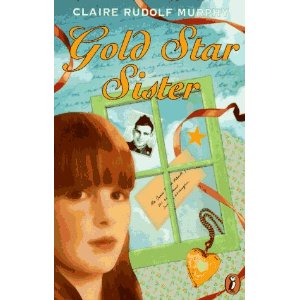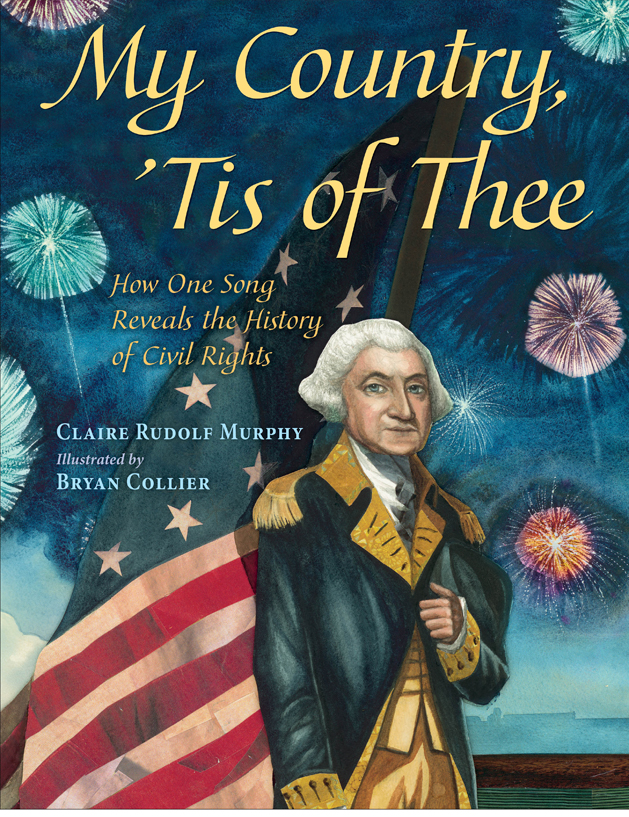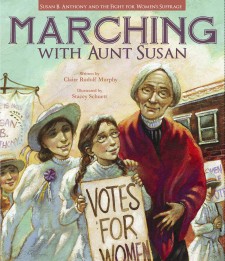
Buy Now: Amazon
Excerpt
Read a selection from the first chapter.
Reviews
A poignant, contemporary story that has a well-developed plot interspersed with interesting historical information. Carrie, a sensitive 13-year-old, is very close to her grandmother, who is dying of cancer. Caught in the middle between her glamorous older sister, Lisa, and the younger, slimmer Molly, Carrie is often the odd person out. Gram’s illness, however, brings the girls closer together, especially as she worsens and they take turns at caregiving. Carrie’s discovery of Gram’s “Billy box” full of letters written during World War II unveils a surprising family secret-Gram had an older brother. After he was killed by friendly fire in the Aleutian Islands, she was so grief-stricken that she never spoke of him. Carrie also finds an unopened letter from a dying soldier to his infant son that was never delivered. After a frustrating search, she and her sisters and cousin locate the now middle-aged man. Murphy has created a thoughtful, tenacious young narrator in this heartfelt novel. The sibling rivalry is well portrayed, as is the stress felt by the entire family in caring for a loved one who is ill.
— Judy R. Johnston, Auburn High School, WA. Copyright 1994 Reed Business Information, Inc.Thirteen-year-old Carrie, an awkward middle child sandwiched between two perfect sisters, has had a difficult year. To top it off, she is certain that her parents aren’t telling the truth about Gram, who has moved in with the family while undergoing chemotherapy. Her fears are confirmed after her grandmother breaks a hip and tests reveal Gram’s cancer has spread. While going through some old letters, Carrie learns that Gram had a brother, Billy, who died during World War II. Among the letters is one that Billy intended to deliver to the wife and son of a friend who died. As a final present to Gram, Carrie determines to find the son and deliver the letter. The search, which eventually involves an elderly neighbor, an eccentric classmate, and Carrie’s entire family, assumes an urgency that dissolves family barriers, helps Carrie reestablish ties with her family, and lets her discover her own self-worth. The plot unfolds quickly and dramatically, and Murphy’s finely crafted depiction of parent-child relationships makes the novel a good family story. The characters, both children and adults, are drawn with care, with Murphy getting the emotional content exactly right. A poignant novel that middle-graders will really enjoy.— Chris Sherman. From Booklist.
Aleutian Islands Information
The novel Gold Star Sister is set in Spokane, Washington, and centers around thirteen-year-old Carrie O’Leary, the middle of three sisters. While helping Gram move, Carrie discovers some family secrets involving the mysterious Uncle Billy. After reading the story, you may be curious about the Aleutian Islands and World War II in Alaska. Check out the books and web sites below and my answers about how I came up with the characters and story. Happy reading!
The Aleutian’s Home Page has excellent information about the geography and lifestyle on the islands, maps, and information about World War II, including interviews with soldiers who fought there.
A detailed account of the war fought on the Aleutian Islands during World War II is “The Thousand Mile War.”
Questions for Claire
Where did you get the ideas for characters like Gram and Carrie?
Carrie is somewhat based on what I was like growing up and also on a couple of my students in Alaska who were very curious, too. I have always been very curious, overly so and loved history. But unlike Carrie, I did well in school. I am not the middle child of three sisters, but rather the fourth of six children and never felt caught between the cracks. But I understand how that could happen.
The idea for Gram came from my mother-in-law in San Francisco who lost a brother Billy in World War II in France. They had a close relationship much like Billy and Ann in the story. My mother-in-law is a very good grandmother, just as Gram is. Would she have kept a secret? Perhaps. Thankfully she has never had cancer.
Fatty Maddie is based on a childhood neighbor “Fatty” Cathy. She had problems and used to bite me and say bad things about my dying grandmother. But she was also a risk taker and a good friend at times. Writing this book helped me appreciate my old neighbor more.
Where did you get your ideas for things that happen in the story?
I used to swim competitively so Molly’s swimming came from my experiences. I spilled out my older sister’s contact lenses when I was a girl and that’s where that scene came from. I was so afraid that my older sister would find out. When I was a social studies teacher, I used to assign my students projects like interviewing older people, thus Carrie’s assignment. You can see that an author uses a variety of experiences and insights to form characters and plot.
Did you have a specific purpose for using the breast cancer issue in Gold Star Sister?  I’m not sure when I decided that Gram would be ill, but cancer is an illness that many of my friends have suffered from. Through research, I found out that many cancers in women start off as breast cancer. I interviewed friends who had had it and then talked to an oncologist and his nurse for more details about how the disease could progress and what the chemotherapy treatments are like.
I’m not sure when I decided that Gram would be ill, but cancer is an illness that many of my friends have suffered from. Through research, I found out that many cancers in women start off as breast cancer. I interviewed friends who had had it and then talked to an oncologist and his nurse for more details about how the disease could progress and what the chemotherapy treatments are like.
I watched two dear friends, Marilyn Bowder and Irene Wickwire, die of cancer thirteen years ago and that is where most of my description of the illness and hospital scene details come from. Those two women taught me so much about the dignity of pain and dying. I dedicated the book to them and my mother-in-law.
Was Gold Star Sister written because of a personal experience or connection you have with World War II?
My parents, who met and married during the war, and my mother-in-law were very involved in World War II and that era has always interested me. I was a history major in college and twentieth century American history was my favorite period to study. In writing the book, I learned more fully that World War II was not just victory gardens, USO’s, and food rationing. It was the deep sorrow that comes from losing someone you love. As my mother said, “The excitement stopped when the dead soldiers came home in body bags.”
The support of Americans at home during World War II was very different than the unrest and resistance to the war in Vietnam, the war I grew up with.
Did Carrie really believe that she could save Gram’s life if she delivered the letter?
Carrie couldn’t know for sure if delivering the letter would make Gram better, but she felt so helpless that she wanted to do something. It kept Carrie going, and connected her to Gram in a positive way. Events like that letter can turn things around – it has happened and people have miraculously recovered from cancer sometimes. Gram had deep faith and Carrie came to see that. I personally believe that faith can get you through impossible circumstances. What else do we have?
Can you tell me more about the “Gold Star,” the title of the book?
It has two meanings in the book. During World War I and World War II, a gold star hanging in the window meant you had a son or daughter who had died serving the country in the military. A blue star meant you had a family member serving in the military. There are official organizations like Gold Star Mothers and Gold Star Wives. I spoke to a woman who was a member of Gold Star Mothers because her son had died in the Vietnam War.
Did dolls like the one Gram gives to Carrie really exist?
Yes, during that time period girls and boys played with dolls like those mentioned in the book. The Sonja Henjie and Shirley Temple dolls were very popular. They were bigger in size than Barbie, but not as big as American Girl dolls today. I researched paper dolls, too, and those were very popular and much cheaper to buy. I grew up in the 1950s and had many paper dolls. Barbies weren’t popular yet, but I did have a bride doll that my grandmother made dresses for.
When Carrie and Gram think about going to Alaska or California in Chapter 1, did you as the author add that because you wanted to go to those places?
Growing up I did want to go to Disneyland in California because some of my friends had gone. But I never even thought about Alaska. It seemed so far away from Spokane. When I wrote this book though, I had already lived in Alaska for many years and had attended college in California at Santa Clara University and Berkeley. I’m sure I put those two places in my book because they’ve been so important to me. The Alaska mention is also a foreshadowing of where Uncle Billy went.



